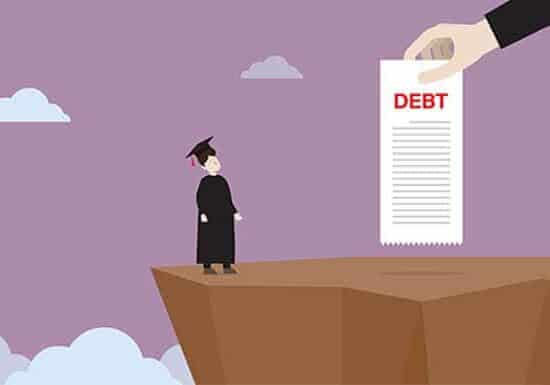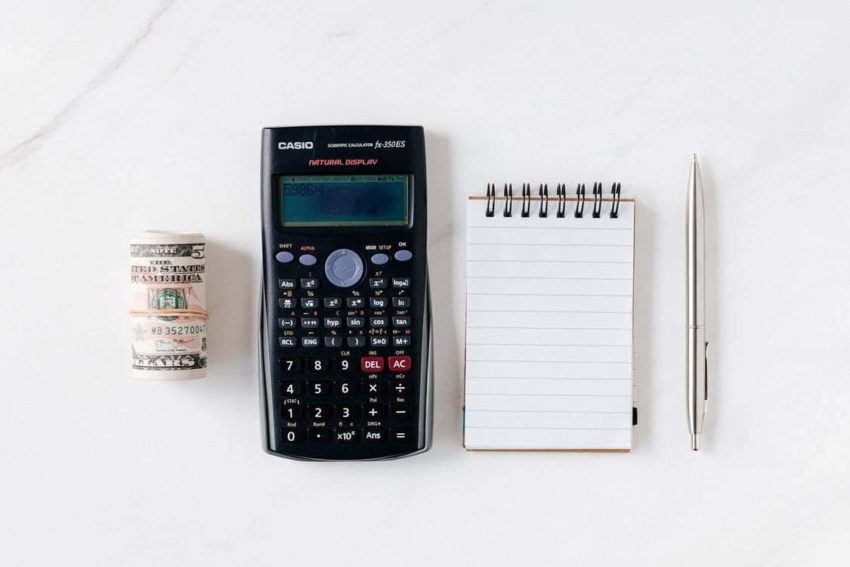Challenges in College, College Payments, Getting Into College, Going Back to College, Higher Education News, Paying for School, Scholarships News, Tips for Online Students, Tuition Free
Here’s Why We Need to Reverse the Student Loan Bubble
Updated: June 19, 2024

The Federal Reserve estimates that Americans have amassed $1.73 trillion in student loans (as of a calculation made during the second quarter of 2021). This humongous amount of debt has many worried that there is a student loan bubble (or college bubble), which would wreak havoc on the economy if the higher education bubble were to burst.
So, how did we get to this point, is there a student loan bubble, and what happens when the student loan bubble bursts?
We’ll cover all this and more within this article.

A Historical Look at Student Debt
Higher education in America underwent most of its formative years between 1890 and 1940. During this time period, higher education was largely reserved for the wealthy. Mostly rich, white men were in attendance over these decades.
In 1944, the G.I. Bill was initiated, which granted veterans the chance to go to college for free (keep in mind, most veterans were also white males).
After the 1954 Supreme Court ruling of Brown v. The Board of Education which made segregation illegal in education, more black students began to enroll in college.
Then, President Lyndon B. Johnson’s War on Poverty initiated the Higher Education Act of 1965, which consisted of providing low-income students with grants to help cover the cost of higher education.
However, the Reagan Era shifted the economics of college as state budgets came under threat due to the Tax Revolt of the 1980s. As such, education subsidies were affected and many institutions had to raise their tuition fees to cover costs.
Per The College Board, during the 1980-1981 school year, the modern equivalent for a year of school was estimated to be $17,410 for a private school. In 1990, that cost increased to $26,050 and has continued to go up since.
Throughout the early 2000s, not only did online education expand, but so did the enrollment at for-profit and private institutions. By 2007, the Great Recession hit which resulted in sizable cuts by the federal and state governments in regard to higher education.
College costs have continued to increase with less overall funding, which has resulted in the need for students to borrow money by way of loans, which is why the student loan bubble sits at well over 1 trillion dollars today.
Student Debt and COVID-19 Considerations
With the COVID-19 pandemic, education has undergone an enormous shift. For online institutions, not much has changed.
But traditional campuses shut down for quite some time, and many are only just beginning to reopen to their students with strict guidelines. This move to online education (even for traditional institutions) has led students to question whether or not the high cost of attendance is even worth it at this point.
What is a Financial Bubble?
Now that we understand where the debt has come from, what does it mean when there is a financial bubble?
Nasdaq defines an economic (financial) bubble as, “A market phenomenon characterized by surges in asset prices to levels significantly above the value of that asset.”
The world has witnessed this with respect to dot-com stocks at the turn of the century, the housing market, and more.
What Makes It a Student Debt Bubble?
To figure out if the student loan debt is indicative of a bubble or not, the question comes down to: Is the market price of student debt above its fundamental value?
If the government forgave the $1.73 trillion of debt, could the U.S. government afford the hit? More importantly, is the market price of a degree worth more than the degree itself?
There’s no definitive answer to this question; however, at the University of the People, we believe in the right to affordable education for all.
And, right now, the majority of options are neither accessible nor affordable for everyone, which is why we created that option via our online, tuition-free, and accredited university.
What Happens if the Student Loan Bubble Bursts?
When graduates are burdened by student loans, they are forced to slow down on their discretionary and consumer spending in other sectors, for example: buying a home, buying a car, or investing in retirement funds, all get put on the backburner.
As graduates default on their student loan debt, their credit score is affected and the mark follows them around with negative consequences. As such, if the student loan bubble were to pop, it would continue to have long-lasting and detrimental effects on many aspects of the economy.
While borrowers work to pay back their debt, the nation’s GDP suffers losses.
How to Reverse the Student Loan Crisis
In order to reverse the student loan crisis, some suggestions have been made to alleviate the financial distress that so many students face.
Ideas include:
- Cap borrowing
- Reduce interest rates on federal student loans
- Simplify forgiveness programs
- Share the debt between the institutions and the individual students
- Provide mandatory credit counseling for low-income borrowers
- Focus on tuition-free institutions for higher education

Affordable Education Options
Speaking of the last bullet above, that is exactly what the University of the People is. We are the first non-profit, tuition-free, and accredited university that operates fully online. Students can choose from a variety of degree programs or certificate programs, and boost their career prospects without having to incur debt.
Along with our tuition-free programs, we have an array of scholarships should any student require financial assistance to cover the relatively minimal fees associated with our programs.
Change Can Come
The student loan bubble is a dangerous amount of debt that looms over the American economy. This is not to say that other countries do not have debt associated with education. America is followed by the U.K., Australia, Canada, Sweden, and Germany, to name a few.
However, the student debt bubble is dramatically the highest in the United States. To help prevent the student loan bubble from bursting, more students can consider earning their higher education without having to pay tuition fees at institutions like the University of the People.

